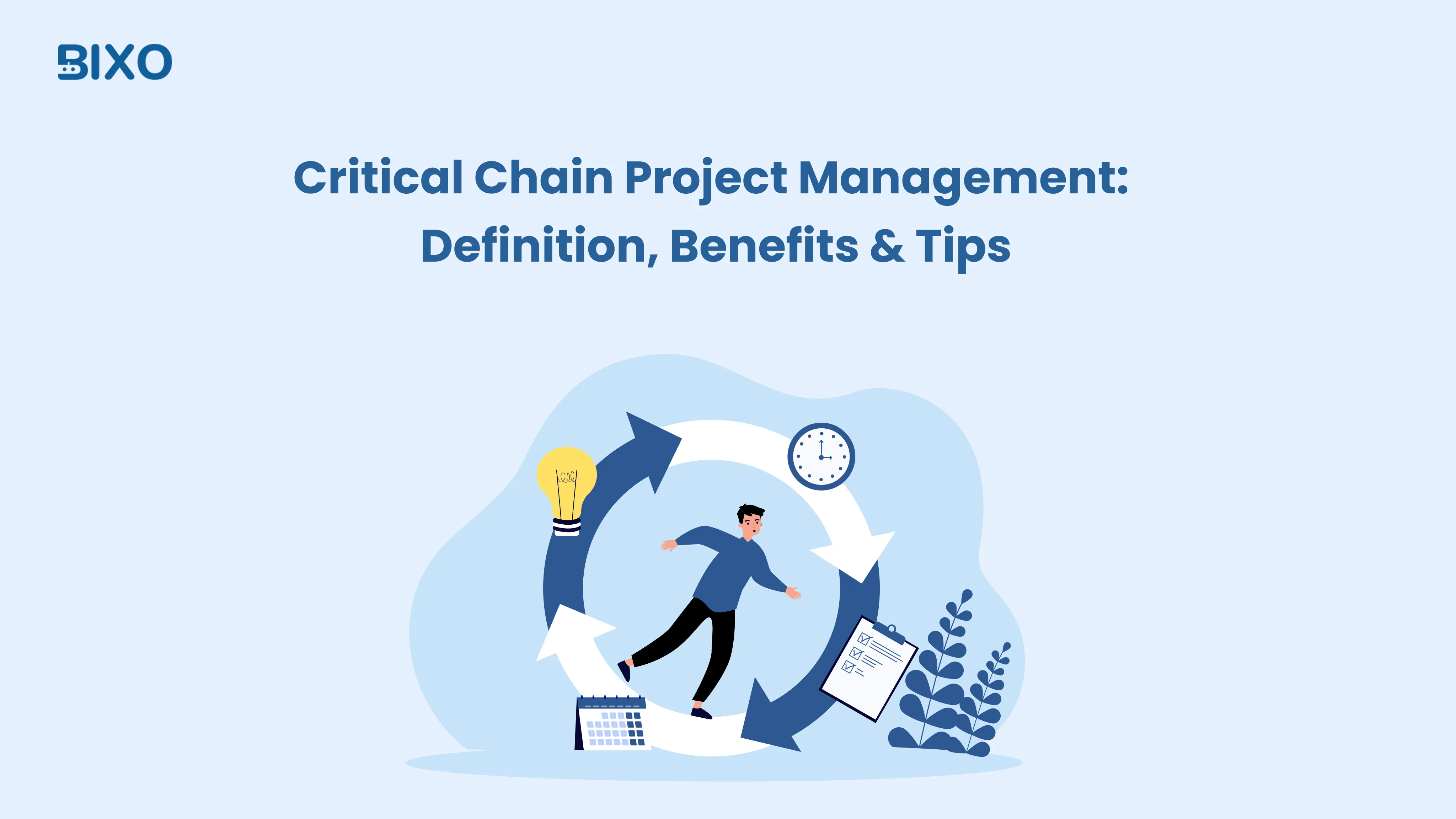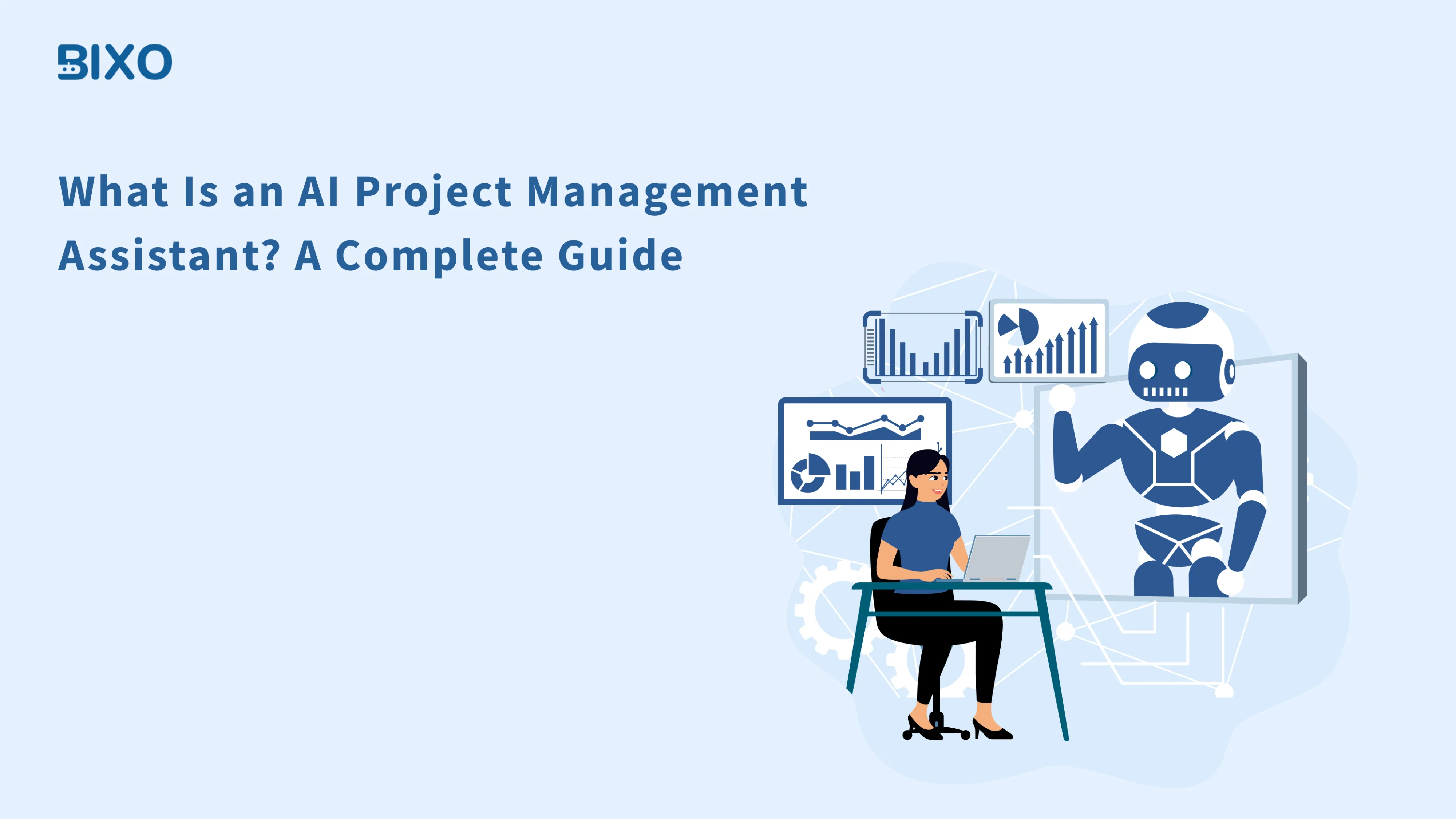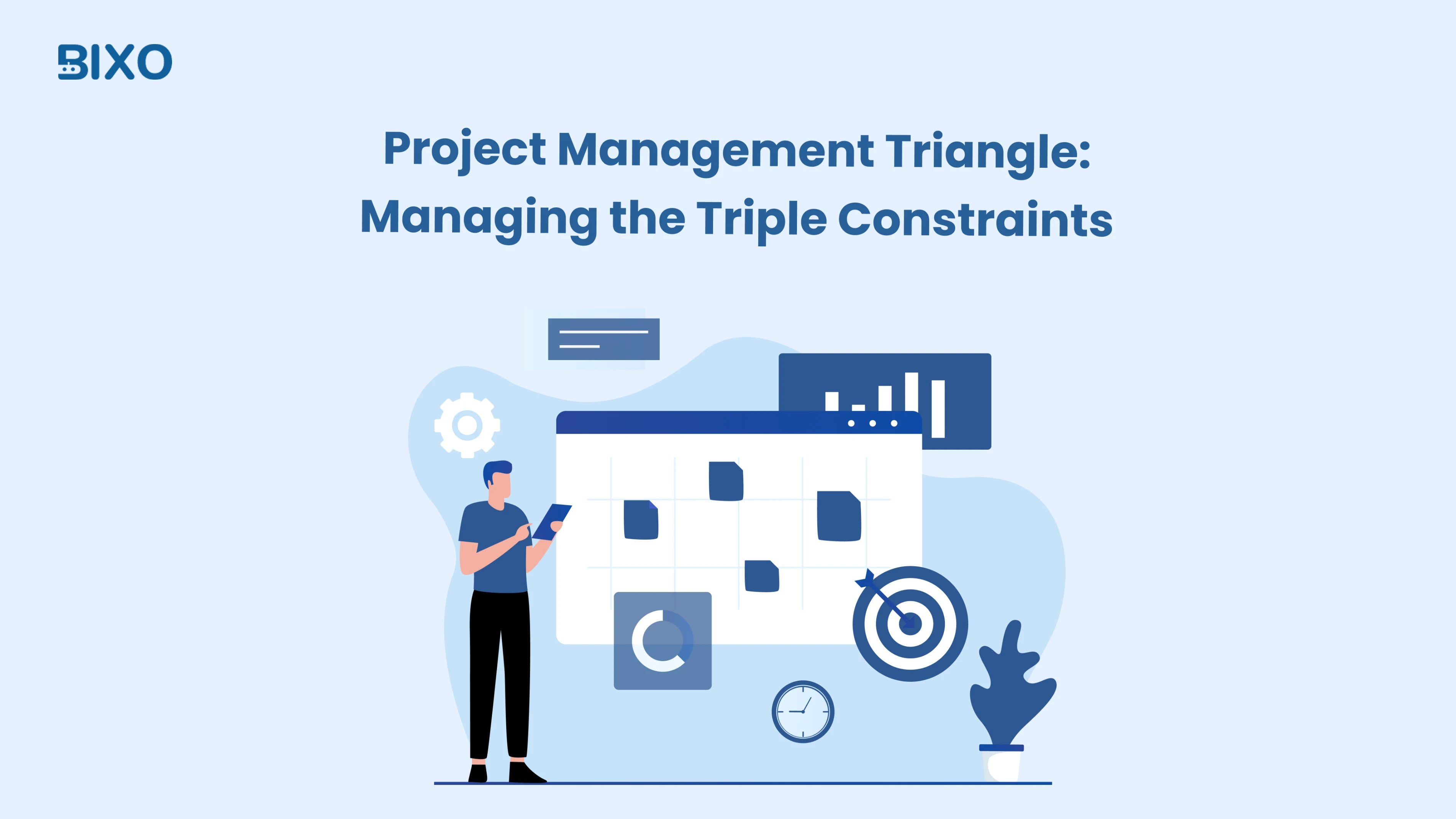
Table of Content
Focus on what matters. BIXO handles the rest!

You know how frustrating it feels when a project suddenly goes off track? One small issue turns into a big problem, and before you know it, you’re spending more time fixing mistakes than making progress. Without proper planning for risk management, even minor problems may turn into big issues.
A risk management plan helps you identify possible risks, see how they might affect you, and find ways to deal with them before they grow into bigger problems. It not only protects you but also keeps your projects and goals moving in the right direction. A risk plan also assists you in acting quickly when unexpected problems come up.
This guide will explain to you why a risk management plan is important, how to create one, and the best practices to make it work well.
Why Is a Risk Management Plan Important
A risk management plan isn’t just a document. It helps you see problems before they become big issues. With this plan, you can decide what matters most, figure out how to handle problems, and keep your work on track. Everyone knows their role, so there’s less confusion when things go wrong. It also helps you make quicker decisions, avoid surprises, and stay in control when unexpected things happen. Basically, it turns uncertainty into clear steps so you can protect your goals and keep things running smoothly.
This is how it works. AI looks at the tasks that need to be done and matches them with the right people. It keeps an eye on how the work is going in real time and sends reminders if something needs attention. With AI task automation, your work runs more smoothly, and you can keep track of your team’s progress without checking all the time.
What Are the Best Practices for a Risk Management Plan?
Making a risk management plan is one step, but putting it to work effectively in real situations requires attention and smart approaches. Here are some of the best ways to do it.

Identify and Assess Risks Early
Begin by looking for possible risks before they turn into problems. Go through each part of your work or business, think about what might go wrong, and see how likely it is. Finding risks early saves time, limits damage and helps you get ready with the right steps to handle them.
Tackle the Biggest Risks First
Focus on the most serious risks first. Not every risk is worth the same effort. Look at how likely each risk is and how much damage it could cause. A simple method like a risk matrix, can help you rank them and decide where to spend your time and resources.
AI task automation tools give you live updates and show how the work is spread across the team. Without that, it is simple to miss deadlines, give too much work to some, and miss chances to plan better.
Plan Clear Ways to Prevent and Handle Risks
After ranking the risks, make clear plans. For serious risks, take actions to reduce the likelihood of them happening. For risks you can’t avoid, decide in advance how you’ll respond. This way, you won’t be unprepared.
Define Roles and Responsibilities Clearly
A plan only works if everyone knows what they need to do. Write down each person’s responsibility in your risk plan and assign someone to handle every major risk so there’s no confusion later.
Keep Communication Open
Risk management works better when everyone stays informed. Give updates often, talk about new risks, and make sure your team knows the plan. Clear communication assists you in noticing the problems early and reacting quickly.
Keep an Eye on Risks
Risks can change as your project grows or your environment shifts. Your risk management plan should not stay the same. Check your risks regularly, watch for new ones, and update your plan. Keeping an eye on risks ensures your plan stays useful and effective.
Document and Learn from Past Risks
Every project teaches you something. Write down the problems you faced, how you dealt with them, and what could be done better. This helps you make your next plan stronger and avoid the same mistakes.
How to Create a Risk Management Plan
A risk management plan helps you get ready for problems before they happen, and these steps will show you how to make one that works well.

1. Set the Purpose and Boundaries
First, be clear about why you need a risk management plan and what it should include. Is it for one project, your daily operations, or the whole business? Setting clear boundaries keeps the plan focused and avoids confusion. When you know the exact purpose, it’s easier to connect your risk strategies with your main goals.
2. Identify Potential Risks
Take a close look at the areas where things might go wrong. This could mean financial losses, day-to-day operational issues, compliance problems, or even outside threats. Talk it through with your team, revisit challenges from past projects, and pay attention to what’s happening in your industry. The idea is simple. Spot risks early so you can plan ahead and keep them from turning into bigger problems.
3. Assess and Prioritise Risks
Not every risk is the same. Some may not happen often but can cause big problems, while others are minor but more likely to occur. Using a simple chart can help you see both the chances and the impact. This way, you focus your time and effort on the risks that really matter.
4. Develop Response Strategies
After you’ve ranked the risks, plan how to handle them. Some can be avoided by fixing processes or adding protections. Others may need backup plans if they happen. The goal is to be ready with clear steps so you don’t panic when problems come up.
5. Assign Roles and Responsibilities
A risk management plan only works if everyone knows their job. Give each important risk to a person who will watch it and take action if needed. When responsibilities are clear, there’s no confusion during problems, and decisions get made faster.
6. Write the Plan Down Clearly
Put the whole risk plan on paper in a simple, organised way. List the risks, which ones matter most, how you plan to handle them, and who is responsible for each. This written plan helps everyone stay on the same page and know what to do if problems come up.
7. Review and Update Regularly
Risks change over time. As your project moves forward, new risks can come up and old ones may no longer matter. Check your plan regularly, see if your strategies are working, and make improvements when needed. This way, your plan stays useful and ready for any new challenges. Risks change over time. As your project moves forward, new risks can come up and old ones may no longer matter. Check your plan regularly, see if your strategies are working, and make improvements when needed. This way, your plan stays useful and ready for any new challenges.
What Challenges Can Impact Your Risk Management Plan and How to Solve Them?
Implementing a risk management plan isn’t always easy. These are the common problems you might run into and how they can affect your plan.

Lack of Clear Understanding
One common problem is not really knowing what a risk management plan is. If you don’t understand how to find risks or how the plan should work, you can miss important issues. Making a good plan means knowing the risks and how to deal with them. Spending time to learn the process makes your plan much stronger and more useful.
Missing Some Risks
A common mistake is missing certain risks. You might pay attention to big financial or operational problems but ignore smaller internal issues or outside threats. Your risk plan only works if you spot all possible problems early. The more risks you identify, the stronger and more effective your plan will be.
Poor Prioritisation
Not every risk requires the same consideration. Equal treatment of risks wastes resources and leaves critical risks unaddressed. When creating a risk management plan, always think about how likely each risk is to happen and how big its impact could be.
Prioritising risks effectively will allow you to manage the issues that have real significance and consequences to your goals or objectives.
Resistance from Team Members
A plan only works if people follow it. Resistance often happens when roles are unclear or when team members don’t see why the risk plan is important. The fix is simple. Explain things clearly and assign each risk to someone. When everyone knows their role, the plan becomes much easier to put into action.
AI tools like BIXO can help here by keeping everyone aligned. It checks in with team members, tracks updates, and alerts you when something isn’t moving as planned so everyone stays on track.
Plans That Don’t Get Updated
Risks change as projects move forward and situations shift. If your risk plan isn’t updated, it can lose its value. Keep it useful by reviewing it often, adding new risks, and checking if your strategies are working. Think of it as an ongoing process, not something you finish once and forget.
Lack of Resources
Even with a good plan, you might not have enough time, money, or people to make it work. A risk management plan is part of the process, however, you must also have the resources to monitor and respond to risks as they arise. Without that support, even the best plan can fail.
Conclusion
Making a risk management plan is not just about writing down possible problems. It is about having a plan to keep your projects and goals on track. With a risk plan, you can spot problems early, focus on the most serious ones, and decide how to handle them A good plan of risk management makes sure everyone knows what to do, helps you make better decisions, and lets you act fast when something unexpected happens. Keep your plan updated, learn from past mistakes, and use it as a practical guide to protect your work and stay in control when challenges come up.
FAQs
The main purpose of a risk management plan is to get ahead of problems before they happen. It helps you spot possible risks, understand how they could affect your work, and lay out clear steps to deal with them. This way, your projects stay protected and move forward without unnecessary setbacks.
You should update your risk management plan often as your project moves ahead or when new risks show up. Reviewing it regularly helps you see if it’s working well, keeps your plan relevant, and makes sure you’re prepared for any changes that come up. Looking at it now and then will ensure that it is functioning as expected, keep your plans viable, and that you are ready to face any modifications.
If you don’t have a plan, even small problems can turn into big ones. You’ll struggle to stay in control, take longer to make decisions, and face unexpected troubles. A risk plan helps you stay prepared, stay organised, and deal with challenges more easily.
Start by spotting risks early, focus on the most serious ones, and give clear duties to the right people. Keep your plan updated and talk openly with your team so everyone knows what to do if problems happen.
Get a demo of BIXO
Recommended Blogs

Critical Chain Project Management: Definition, Benefits & Tips
Learn about critical chain project management, how it differs from critical path, and how it helps teams to improve scheduling and resources.
 Jahnavi Chintakrindhi |
Jahnavi Chintakrindhi |
 Oct 17, 2025
Oct 17, 2025


